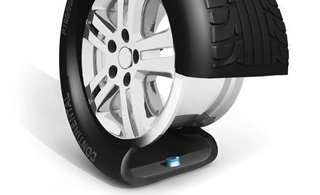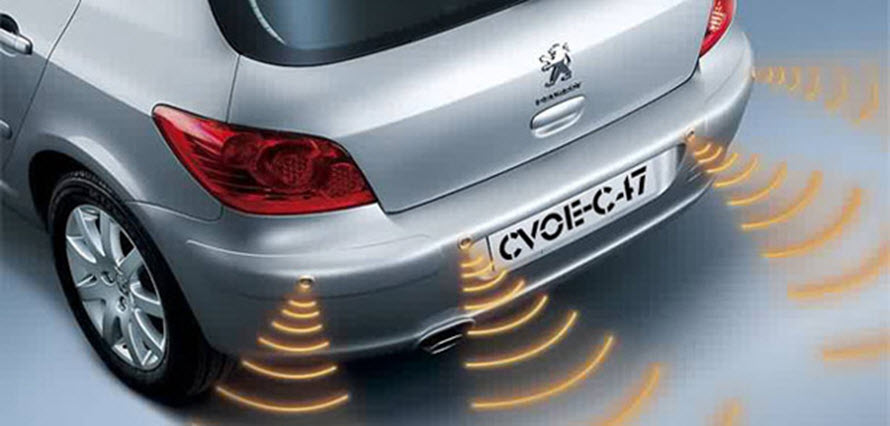A Brief Note On Different Sensors In Your Car
Modern car owners sometimes think they are riding in a spaceship. The reason is the amount of automated power they are surrounded with. In some instances, the analogy is pretty close to the truth. You are riding in an automobile that has sensors which detect the slightest problems.
This is not your father’s automobile
Back in the day the sensors were very straightforward. The alternator light on your dashboard lit up if the batteries were malfunctioning, and the oil light let you know when it was time to check the oil. The new model cars have more sensors to them. Granted, some of this is because the design has more automated power that requires to be checked. At the same time emission standards combined with safety regulations make it required to keep in touch with the car. Problems that arise with carbon emissions need to be noted immediately, and the driver has to be alerted.
The various sensors
There are some of the sensors you will hear about when you take your car in for maintenance check.
- Knock Sensor
Knock happens in the combustion process and is the result of which fuel does not have the minimum quality. This is a noise indicator located close to the engine. - Automobile Oxygen Sensor
This is a gauge which makes a comparison between the oxygen found inside of the exhaust manifold and the air that can be found outside of the engine. It helps to maintain the proper ratio of air and fuel, and if there is no evidence of oxygen in the exhaust manifold, the sensor will automatically generate power to bring the air fuel ratio back in line. - Mass Airflow Sensor
Another measure of air is the mass airflow sensor. This again deals with the fuel aeration and will balance the amount of fuel coming into the engine. This particular sensor has to work proper to the event car stolen for an increase in carbon emission that is not acceptable.
The dashboard
The sensors give an alert to your car’s computer system to help things move efficiently. What you have to pay very close attention to is the engine warning light on your dashboard. It is not the little lightbulb malfunctioning. The sensors are sending data to the computer in the car, it in turn analyzes the information based on standards program into the computer. The warning essentially indicates that the existing situation does not coincide with appropriate standards. In other words, there is a problem under the hood and you need to see to it as soon as you can.
The warning light doesn’t identify the area where the problems, but your auto mechanic can do that. Having that light the dashboard turn bright is reason enough to schedule a routine maintenance at the auto service center. The center will have diagnostic equipment and will run a full analysis of your engine in the various areas monitored by sensors. A bad air filter is going to cause inaccurate information to be recorded and routed by the sensors. If the auto mechanic recommends placing the air filter or some other small piece of equipment, take it seriously. It may seem minor but it may in fact be impacting the sensors. That can open up a whole new set of problems.
You need to avoid expensive repairs
The sensors are the warning alarms of problems that are happening underneath  the hood. They have to be able to function properly to prevent a major disaster. A faulty sensor could result in transmission problems not be quickly detected. The same is true for anything dealing with carbon emission. If the transmission or catalytic converter break down completely, you will be facing repair expenses that will be extremely pricey. Expect to spend several thousand dollars to make things right.
the hood. They have to be able to function properly to prevent a major disaster. A faulty sensor could result in transmission problems not be quickly detected. The same is true for anything dealing with carbon emission. If the transmission or catalytic converter break down completely, you will be facing repair expenses that will be extremely pricey. Expect to spend several thousand dollars to make things right.
All this being said, there are two things to remember about the sensors. If the engine warning light comes on in your car, the sensors have detected a problem that will not go away. If your auto mechanic recommends replacing filters or some other part of the car, ask if these affect sensors. If they do, authorize the maintenance work immediately. Nothing should prevent the sensors from providing the proper information to the computer.




